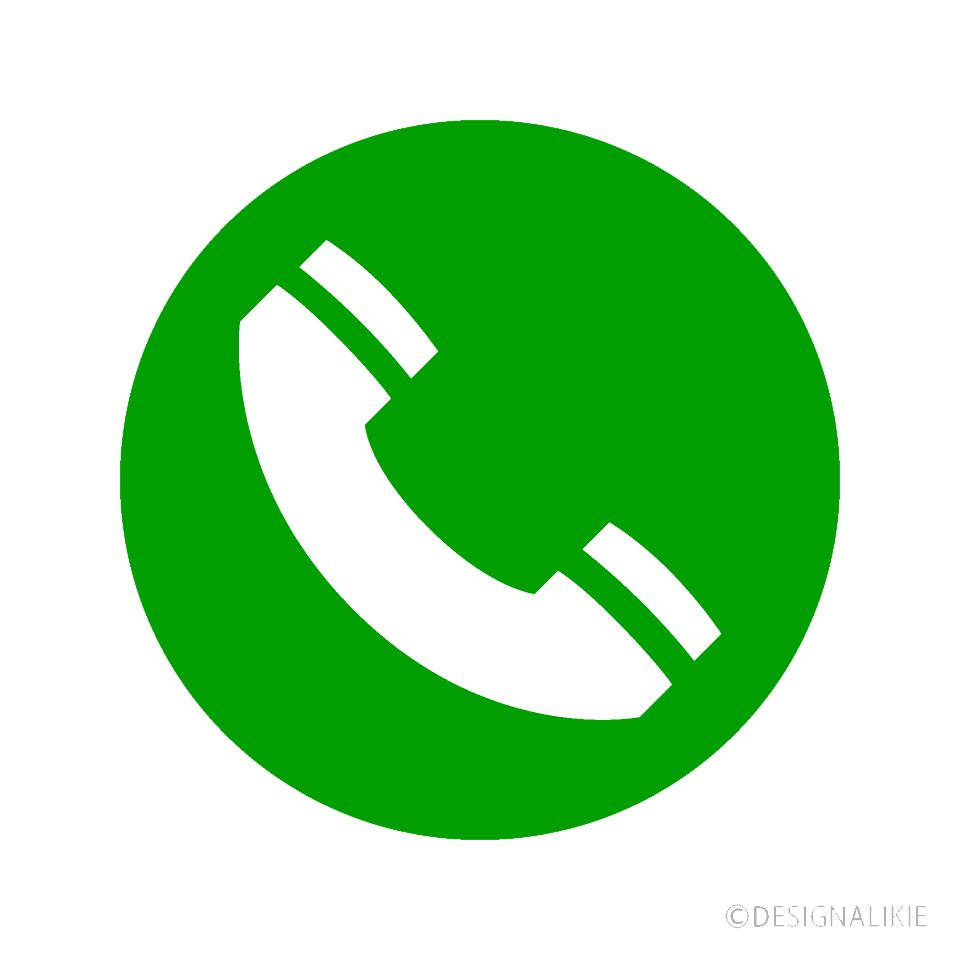

Hemant Wooden Packaging is a Mumbai-based company founded by Mr. Hemant S.Pandey, that takes pride in being a leading provider of comprehensive and reliable fumigation treatment services and heat treatment services.
Read MoreWhen we are talking about international business, upholding standards of quality and hygiene is not always a choice—it's the law. One crucial document in this procedure is the fumigation certificate, particularly if you're shipping products packaged in wooden material or farming produce. But what is this document, how do I get it, and why is it so significant?
In this article, we will guide you through all there is to know about the fumigation treatment, the certificate process of fumigation, and why fumigation services are crucial to having a smooth export experience.
A fumigation certificate is a formal document certifying that your export consignment has undergone a fumigation treatment to destroy pests, insects, termites, and other impurities. It is the guarantee that the cargo, particularly those with wood packaging materials, have been disinfected using approved chemical treatments prior to shipping abroad.
It is necessary for ISPM-15 compliance and is mandated by most countries such as the USA, UK, Australia, New Zealand, Japan, and the EU to avoid pest spread through cross-border trade.
Fumigation is more than a regulatory nicety—it's an essential way to safeguard global ecosystems and agricultural economies. This is why it's necessary:
Prevention of Insect Infestation: Export products—especially those loaded in wooden crates, pallets, or boxes—are vulnerable to carrying wood-boring insects and termites.
Import Compliance with Government Regulations: The majority of importing nations require fumigation certification as part of their customs clearance process.
Protection of Product Quality: Fumigation prevents the degradation and contamination of products during extended travel periods.
Avoid Delays or Rejection: Failure to use proper fumigation services can cause rejection of shipments, fines, or longer quarantine at the destination port.
Fumigation treatment is a pest management technique that involves the use of gaseous chemicals to sterilize storage containers, wooden packaging, and agricultural commodities. It is particularly crucial for infestation-susceptible shipments.
The most frequently used types of chemicals are:
Methyl Bromide: Quite effective and quick to take effect, widely applied to wooden packaging items.
Phosphine: Mainly applied to agricultural products and grains.
Seal the consignment in a fumigation chamber or under a gas-proof tarp, add the fumigant, and let it work for a predetermined length of time. Ventilate the goods after fumigation before releasing them for export.
Here's a step-by-step explanation of how fumigation services are usually done in India:
Inspection of Cargo: The consignment is inspected by the fumigator to determine goods that need to be treated.
Sealing and Gas Introduction: The goods are covered or put in a sealed compartment. Fumigants such as methyl bromide are introduced.
Exposure Time: The gas is left to penetrate the shipment for an allotted period, typically 24 to 48 hours.
Aeration: The consignment is aerated after exposure to eliminate the remaining gas, and it is safe to handle.
Certification: Upon completion, the fumigator provides a certificate of fumigation assuring effective treatment.
In India, fumigation certificates can only be issued by government-approved and licensed fumigation agencies. An example of such a regulatory authority is the Plant Quarantine Division under the Directorate of Plant Protection, Quarantine & Storage, Ministry of Agriculture and Farmers Welfare. Exporters must ensure that fumigation is carried out by certified experts using approved chemicals and techniques in order to meet international requirements.
Obtaining a fumigation certificate is an easy but controlled process:
Reach out to an Authorized Fumigation Agency: Select a licensed service provider approved by the Plant Quarantine Department.
Arrange for Treatment: Schedule the fumigation process according to your shipment readiness.
Fumigation & Monitoring: The agency carries out the fumigation and inspects gas levels and exposure time.
Obtain Certification: Once successful fumigation is done, the agency issues you an official certificate needed for export documentation.
The certificate usually contains:
Description of treated goods
Type and amount of fumigant applied
Exposure period
Date and location of fumigation
Seal and signature of the fumigator
What are the advantages of fumigation services from professionals?
Having professional fumigation services has a number of advantages for exporters:
Compliance Guarantee: Make sure your shipment is in line with global phytosanitary regulations.
Faster Customs Clearance: Accelerates import-export clearance at ports.
Avoids Expensive Rejections: Minimizes the chances of shipment delays, fines, or rejection on grounds of contamination.
Reputation Management: Showcases your dedication to quality and safety to foreign customers.
The following groups of products commonly need fumigation treatment prior to shipping out:
Wooden containers, crates, and pallets
Crop commodities such as rice, wheat, spices, and pulses
Raw and processed foods
Handicrafts and textiles wrapped in organic packaging materials
Machinery or parts in wood boxes
In today's highly regulated global trade environment, securing a fumigation certificate is not optional—it’s a necessity. By ensuring your cargo is treated by certified fumigation services, you’re not only meeting legal export requirements but also safeguarding the quality of your products and building long-term credibility with international buyers. So, whether you’re shipping agricultural produce or industrial machinery, make sure to include fumigation treatment in your export checklist and collaborate with a trusted service provider for seamless documentation and compliance.
